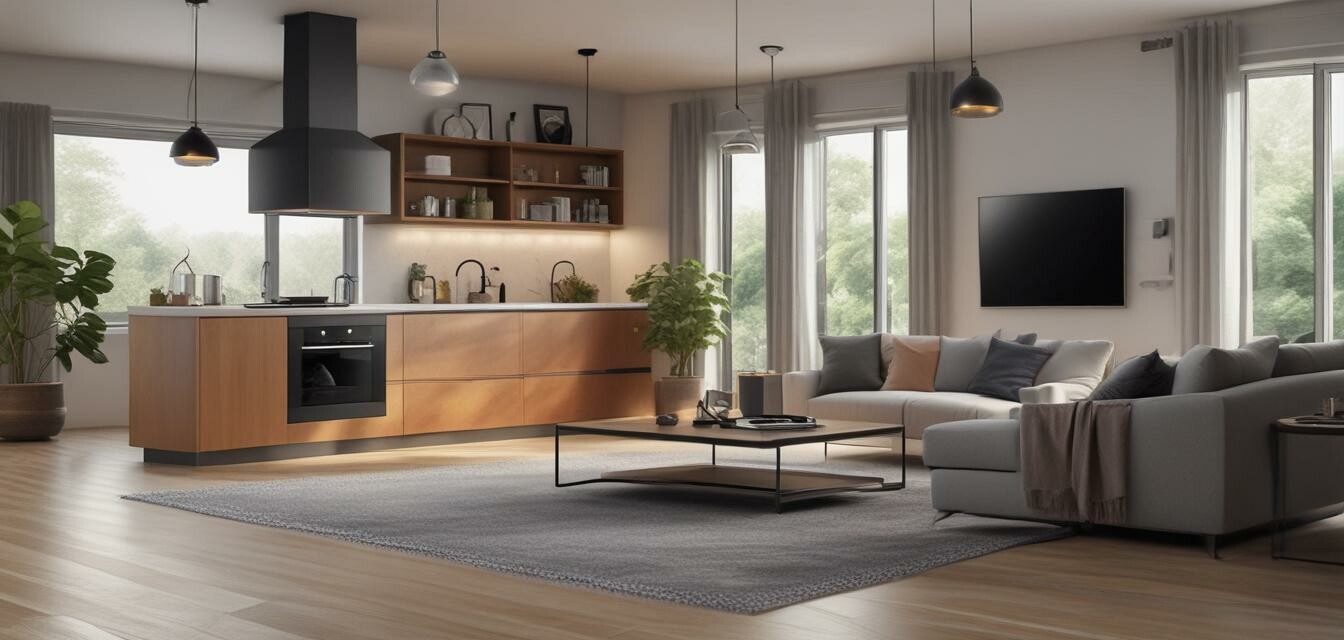
Trends in smart home electrical appliances
Key Takeaways
- Smart home appliances are becoming more common, offering convenience and efficiency.
- Integration and compatibility are crucial for installation and functionality.
- Electricians must stay updated on the latest technologies and safety standards.
- Proper installation techniques can significantly enhance system performance.
- The demand for smart appliances presents new opportunities for electricians.
Smart home technology has dramatically changed the landscape of electrical appliances in recent years. With an increasing number of households adopting these devices, the implications for electricians and contractors become essential. This article explores the latest trends in smart home electrical appliances, providing insights into what electricians need to know about installation, compatibility, and safety considerations.
What are smart home electrical appliances?
Smart home electrical appliances are devices that connect to the internet and can be controlled remotely or automated. These include products such as:
- Smart lighting (bulbs and fixtures)
- Smart thermostats
- Smart speakers and voice assistants
- Smart appliances (refrigerators, ovens, washing machines)
- Smart security systems (cameras, locks, alarms)
Current trends in smart home appliances
As technology advances, several key trends are emerging in the smart home appliance market:
1. Increased integration
Modern smart home systems are becoming more integrated, where multiple devices work seamlessly together. This enhances the user experience, allowing for centralized control through smartphones or smart speakers.
2. Energy efficiency
Smart appliances are designed with energy efficiency in mind. They can optimize energy use depending on various factors, such as time of day and usage patterns, contributing to lower utility bills.
3. Enhanced security features
Smart security products are gaining traction in the market. From smart locks to surveillance cameras, these devices work in unison to secure homes and provide peace of mind for homeowners.
4. Voice control and automation
Voice assistants, such as Google Assistant and Amazon Alexa, have made controlling smart appliances simpler. They allow users to operate various devices using voice commands, encouraging the adoption of smart home technology.
5. Data-driven insights
Many smart appliances collect data to provide insights on usage patterns. This can aid homeowners in making informed decisions about energy consumption and appliance maintenance.
Installation tips for electricians
Electricians play a vital role in ensuring that smart home systems function effectively. Here are some tips for installation:
- Understand compatibility: Before installation, check the compatibility of appliances with existing systems. Refer to audio/video cable & accessories for proper wiring.
- Follow manufacturer guidelines: Each smart appliance comes with specific installation instructions; following these increases the chances of success.
- Consider network capabilities: Ensure the home's Wi-Fi network can support the additional device load. Upgrading routers may be necessary.
- Prioritize safety: Always adhere to safety standards and guidelines when wiring and installing the devices.
- Offer user training: After installation, take a moment to educate homeowners on how to use their new devices efficiently.
Compatibility considerations
With numerous brands and technologies on the market, electricians must pay attention to the following:
- Protocols: Familiarize yourself with communication protocols such as Wi-Fi, Zigbee, and Z-Wave, as these can affect device compatibility.
- App integrations: Understand which apps control the devices. Certain systems may only work with specific apps, which can affect user experience.
- Future-proofing: Opt for products that are not only trendy today but have the potential for scalability or updates to adapt to future technologies.
Potential challenges
Despite their advantages, smart home appliances can pose challenges, including:
- Network reliability issues can hinder appliance functionality.
- Compatibility problems may arise when integrating different brands.
- Data security concerns can impact user adoption of smart devices.
Pros
- Convenience and automation of home systems.
- Improved energy efficiency and savings.
- Enhanced home security features.
- Integration offers a seamless user experience.
Cons
- Integration challenges with different brands.
- Dependent on stable internet connectivity.
- Potential security and privacy concerns.
- Increased complexity of installations.
Conclusion
The trends in smart home electrical appliances present exciting opportunities for both electricians and homeowners. By staying informed about the latest technologies and best practices in installation, electricians can better serve their clients while capitalizing on the growing demand for smart home solutions. As the industry continues to evolve, so should the skills and knowledge of electricians to adapt to this technological landscape.
Additional resources
For more information about electrical supplies tailored for smart home appliances, check out our other product categories: